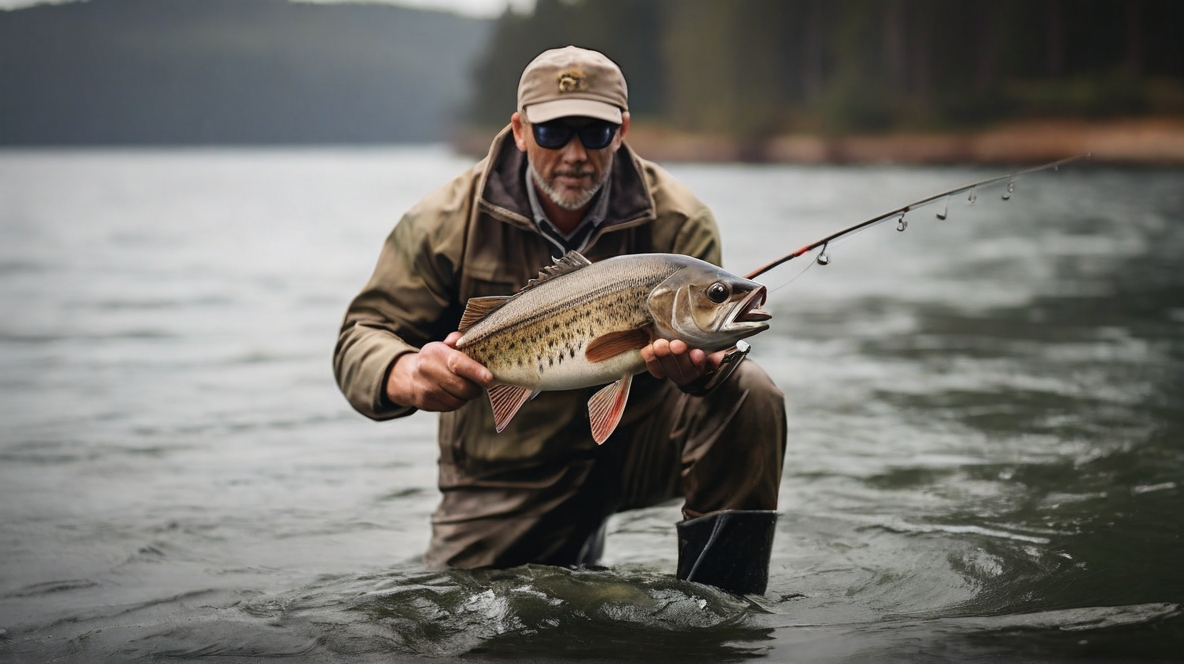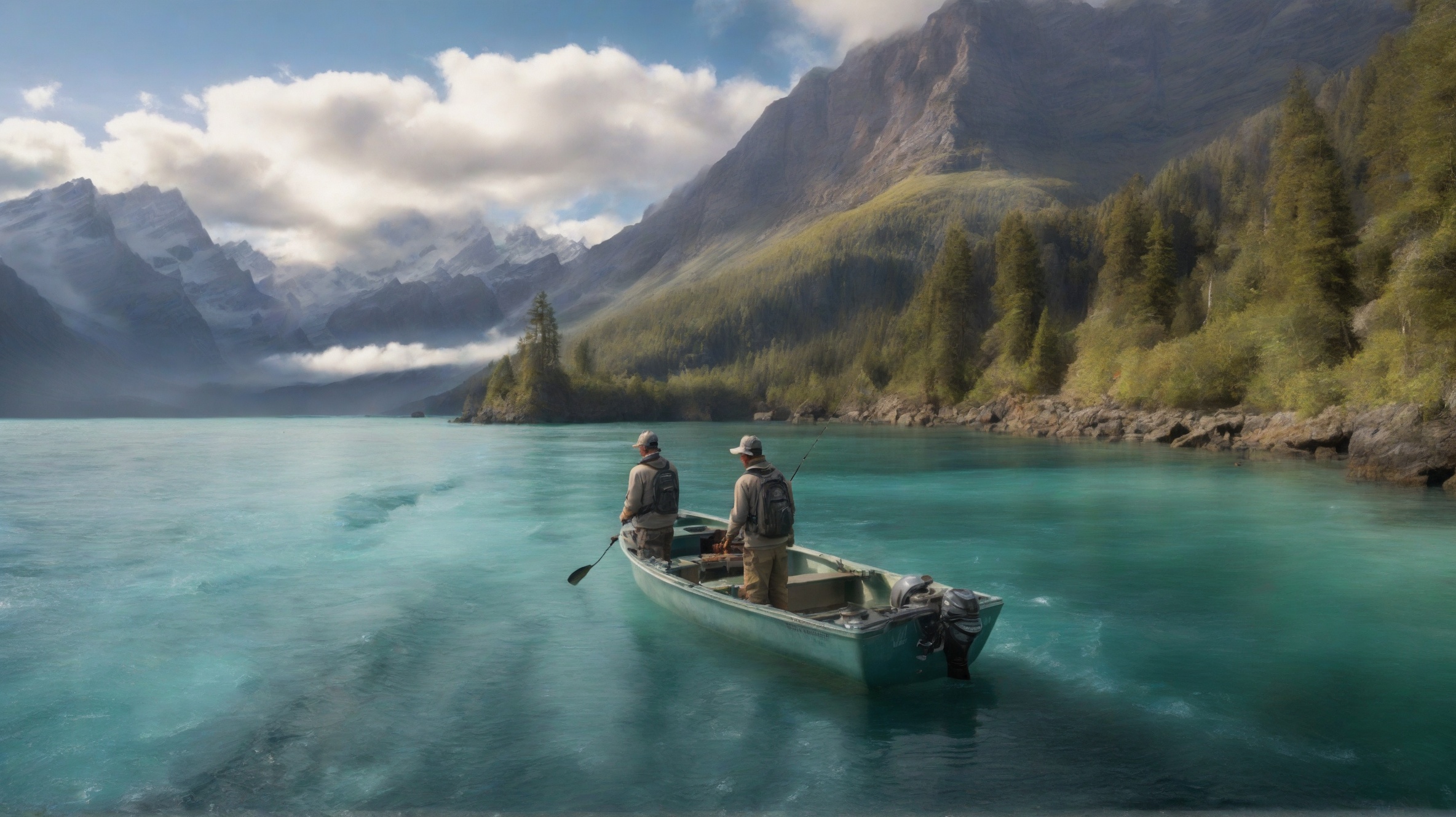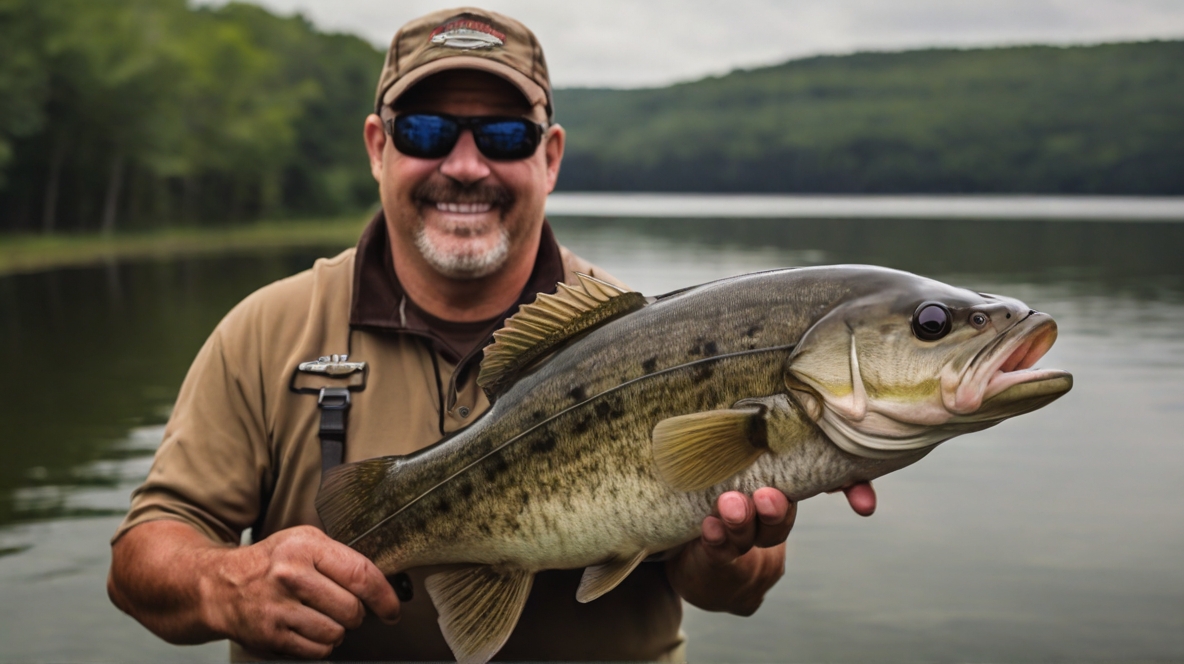The Ultimate Guide to Spinning Fishing: Mastering the Art of the Spin
Fishing is not just a hobby; it’s an art, a science, and a captivating adventure that takes us into the heart of nature. Among the myriad techniques in the angler’s arsenal, spinning fishing stands out for its versatility and excitement. Whether you’re a novice eager to learn the ropes or a seasoned angler seeking to refine your skills, this comprehensive guide is your key to mastering the art of the spin.
The Essence of Spinning Fishing
1. Introduction to Spinning Fishing
Spinning fishing, often referred to simply as “spinning,” is a popular angling technique that employs a spinning reel to cast and retrieve lures or bait. The spinning reel, situated beneath the fishing rod, is a versatile tool that allows for precise control during casting and retrieval. What makes spinning fishing unique is its accessibility – it’s easy for beginners to grasp, yet it offers the finesse and precision desired by experienced anglers.
2. A Glimpse into History
The roots of spinning fishing extend back to the early 20th century, with its origins traced to Europe. The spinning reel gained popularity for its user-friendly design and adaptability to various fishing scenarios. Over the decades, technological advancements have transformed spinning reels into sophisticated tools, catering to a broad spectrum of fishing styles and environments.
Equipping Yourself for Success
1. Selecting the Ideal Spinning Reel
The beating heart of spinning fishing lies in the spinning reel. When choosing the right reel, consider factors such as its size, drag system, and gear ratio. Opt for a reel with a smooth drag to handle the fight with the fish, multiple ball bearings for a smooth operation, and a gear ratio appropriate for your target species and preferred fishing style.
2. Deciphering the Spinning Rod
The spinning rod is your conduit to the underwater world. Factors like length, power, and action play a crucial role in choosing the right rod for your needs. Lighter rods work well for finesse techniques, while heavier rods are better suited for larger fish and heavier lures. Understanding these rod characteristics ensures you have the appropriate tool for the job.
3. Navigating the Fishing Line Options
Selecting the right fishing line is a nuanced decision. Monofilament offers stretch and is beginner-friendly, fluorocarbon is nearly invisible underwater, and braided lines provide strength and sensitivity. Your choice of line should align with your fishing goals, the target species, and the environmental conditions.
4. Lures and Baits: The Allure of Options
Spinning fishing opens up a world of possibilities when it comes to lures and baits. Soft plastics, crankbaits, spinners, and spoons are just a few examples. The right choice depends on your target species, water conditions, and your preferred fishing style. Experimentation with different lures is key to discovering what works best in various situations.
Mastering Techniques for Spinning Success
1. Casting Mastery
The ability to cast with precision is a fundamental skill in spinning fishing. Practice different casting techniques, including the overhead cast, sidearm cast, and pitch cast. Pay close attention to the timing of your release to achieve accurate and controlled casts.
2. Art of the Retrieve
The retrieve is as crucial as the cast itself. Experiment with various retrieval styles such as steady retrieve, stop-and-go, and twitching to mimic the natural movements of prey. A well-executed retrieve can be the difference between a strike and a missed opportunity.
3. Finesse Techniques for the Discerning Angler
One of the strengths of spinning fishing lies in finesse techniques. Methods like drop-shotting, wacky rigging, and Texas rigging with soft plastics allow anglers to target even the most finicky fish. These techniques require patience and a keen understanding of fish behavior.
4. Reading the Water: Nature’s Blueprint
To truly master spinning fishing, you must learn to read the water. Pay attention to factors such as water temperature, structure, and the presence of baitfish. Fish tend to congregate around underwater structures like rocks, fallen trees, and vegetation. Understanding these nuances increases your chances of a successful catch.
Best Practices and the Essence of Conservation
1. Catch and Release: An Ethical Imperative
Responsible angling involves practicing catch-and-release principles. Handle fish with care, use barbless hooks when possible, and release them quickly to ensure their survival. This ethical approach ensures the sustainability of fish populations, preserving the joy of fishing for future generations.
2. Respecting Fishing Regulations
Familiarize yourself with local fishing regulations and adhere to catch limits, size restrictions, and seasonal closures. Conservation is a shared responsibility, and following these regulations contributes to the health of aquatic ecosystems.
3. Leave No Trace: A Stewardship Ethic
Whether fishing from the shore or a boat, practice Leave No Trace principles. Properly dispose of trash, avoid disturbing wildlife, and be mindful of the environment. A clean and healthy habitat ensures the longevity of both fish and the angling experience.
The World of Spinning Fishing: Top Destinations
1. Bass Fishing Extravaganza in the United States
For bass enthusiasts, the United States offers a multitude of renowned destinations. From the expansive Lake Okeechobee in Florida to the picturesque Clear Lake in California and the legendary Lake Guntersville in Alabama, spinning fishing for bass is a thrilling experience.
2. Trout Paradise in New Zealand
The crystal-clear rivers and lakes of New Zealand provide a breathtaking backdrop for trout fishing. Destinations like Queenstown and Lake Taupo offer anglers the chance to test their skills against wily brown and rainbow trout amidst stunning landscapes.
3. Exotic Adventures: Peacock Bass in the Amazon
For an exotic and adventurous spinning fishing experience, head to the Amazon rainforest. Target the vibrant and powerful peacock bass in the winding rivers and tributaries, surrounded by lush tropical landscapes.
4. Pike Quest in Sweden’s Waterways
Sweden’s vast network of lakes and rivers is a haven for pike fishing enthusiasts. The archipelagos and freshwater bodies offer the perfect setting to pursue these formidable predators with spinning gear.
A Glimpse into the Future of Spinning Fishing
As technology continues to advance, the world of spinning fishing evolves with it. Innovations in materials, reel design, and fishing line technology promise to make spinning fishing even more accessible and enjoyable. Anglers can look forward to enhanced sensitivity, durability, and precision in their spinning gear.
Conclusion: Embrace the Spin
Spinning fishing is more than a technique; it’s an art form that connects anglers to the rhythm of the water. Whether you’re casting for bass in the United States, targeting trout in New Zealand, or exploring the Amazon for peacock bass, spinning fishing offers an unparalleled experience.
Equip yourself with the right gear, master essential techniques, and embrace the principles of ethical angling. As you embark on your spinning fishing adventures, remember that each cast brings you closer to the excitement of the strike and the joy of the catch. So, grab your spinning rod, explore diverse fishing grounds, and let the spin unfold! May your lines be tight, and your reels be smooth as you delve into the captivating world of spinning fishing.










One thought on “Mastering the Art of the Spining Fishing”